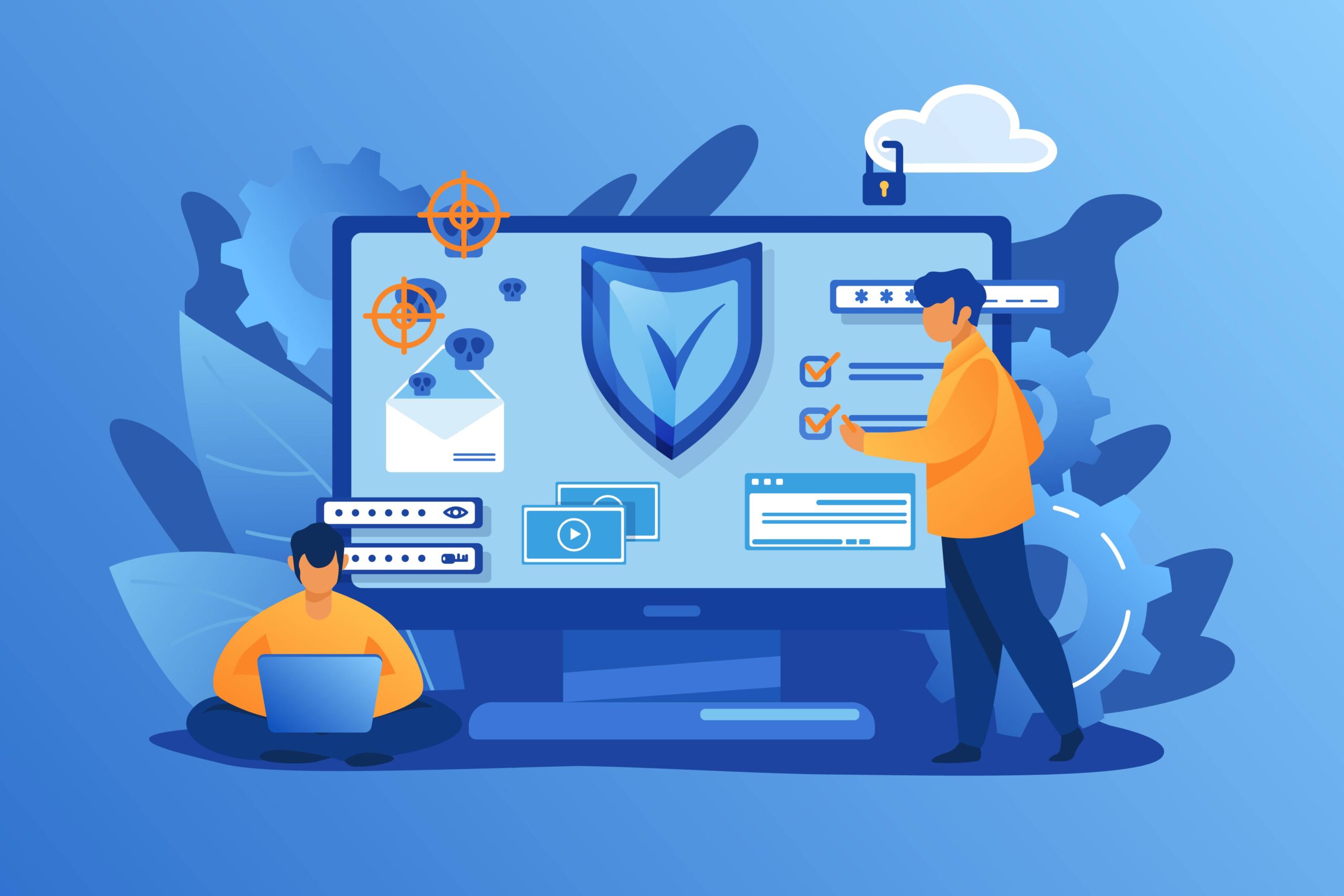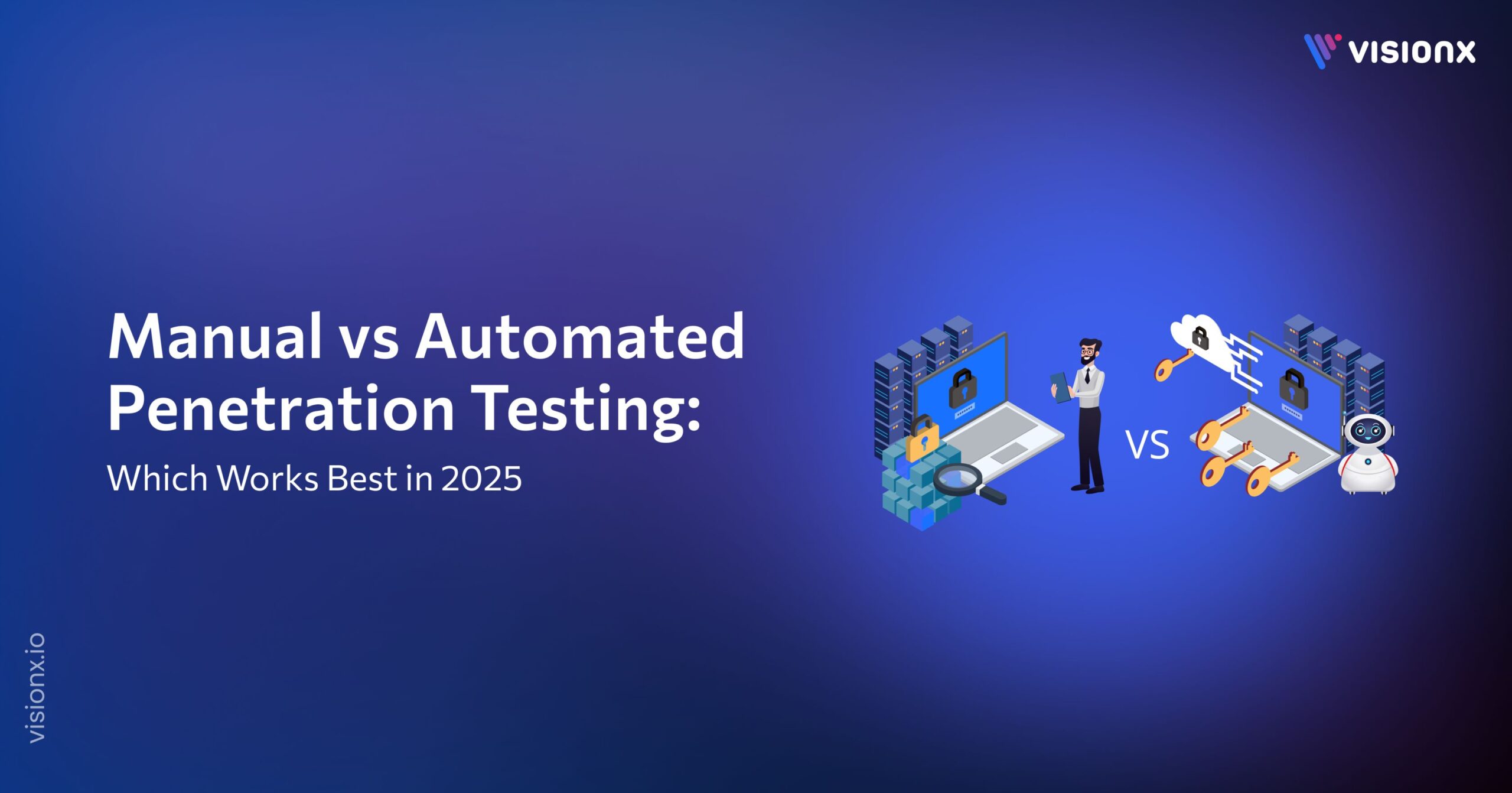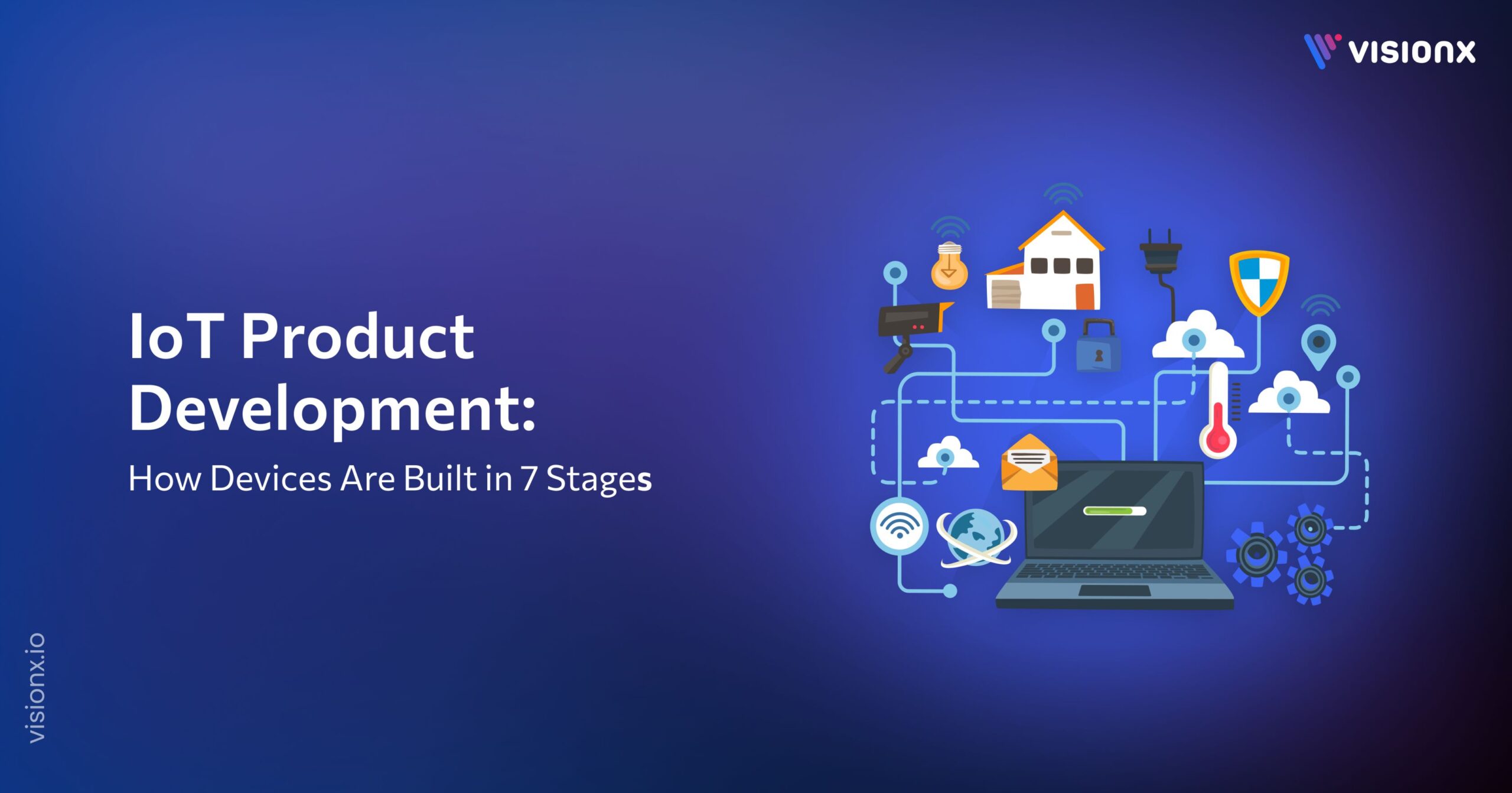One of the foundations in modern business operations is software as a service, or SaaS. SaaS solutions, which provide scalability, flexibility, and cost-efficiency, are becoming increasingly popular among businesses of all sizes, from startups to multinational corporations.
These cloud-based apps simplify operations by offering readily available, on-demand services via the Internet and eliminating the requirement for traditional on-premise software installation and maintenance.
SaaS offers advantages and convenience, but it also has security risks. Applications and data moved to the cloud are more vulnerable to cyber threats and attacks. The shared resources, internet-based data accessibility, and nature of SaaS environments make data more susceptible to theft, unauthorized access, and breaches.
Thus, protecting sensitive data, upholding customer confidence, and following legal requirements make securing SaaS platforms essential, not just a suggestion.
How Data Breaches Impact Businesses?
Due to its internet accessibility and external server hosting of sensitive data, SaaS introduces several vulnerabilities.
One of the biggest risks that SaaS platforms face is data breaches. A breach can result in unauthorized access to and theft of private data, including financial records, customer information, and intellectual property.
Such violations have consequences beyond the immediate loss of data. They may cause significant financial losses, harm to a business’s reputation, legal consequences, and a difficult-to-recover loss of customer trust.
Common Vulnerabilities in SaaS Applications
Like all software, SaaS applications can have vulnerabilities that hackers exploit to gain unauthorized access or disrupt services. Some common vulnerabilities include:
- Insecure APIs: APIs (Application Programming Interfaces) that are not securely designed or implemented can provide attackers with a way to access data and systems.
- Misconfigurations: Incorrectly configured SaaS applications or security settings can expose systems to attacks.
- Insufficient data encryption: Failing to adequately encrypt data, both at rest and in transit, can make it easier for attackers to intercept and read sensitive information.
- Lack of robust authentication and authorization: Weak password policies, lack of multi-factor authentication, and insufficient access controls can allow unauthorized access to sensitive systems and data.
The Shared Responsibility Model in Cloud Security
One of the most important things to know about SaaS security is the shared responsibility model. This model outlines the security obligations of the customer and the cloud service provider (CSP). Customers are in charge of safeguarding their data, applications, and access to those services, while CSPs are in charge of protecting the platform and infrastructure.
Misunderstandings about this shared model can lead to gaps in security coverage, leaving sensitive data and applications vulnerable.
- Provider Responsibilities: Include securing the physical infrastructure, network controls, and the platform itself.
- Customer Responsibilities: Encompass guarantees secure data transmission, controls user access, guards endpoint devices, and encrypts critical data before uploading it to the cloud.
SaaS Security Best Practices
The convenience of SaaS application development comes with the critical need for robust security measures. One data breach can potentially have disastrous effects, compromising the trust of your customers, your company’s finances, and your reputation.
Implementing strong SaaS security best practices is essential for reducing these risks and protecting your company from constantly changing cyber threats.
1. Data Encryption
Encrypting data is paramount for securing SaaS applications and ensuring the confidentiality and integrity of sensitive information. It’s crucial to encrypt data at rest (inactive data stored on devices or networks) and in transit (data moving over the network). Encrypting data at rest protects it from unauthorized access or theft while encrypting data in transit prevents interception or tampering by attackers.
Regarding encryption standards and protocols, the Advanced Encryption Standard (AES) is widely recognized for its strength and efficiency in encrypting data at rest. AES-256 is highly recommended for its robust security level.
The Transport Layer Security (TLS) protocol ensures secure communication between client and server applications for data in transit. For enhanced security, it is advised to use the latest version of TLS (currently TLS 1.3).
Furthermore, strong key management procedures should be implemented, such as rotating encryption keys regularly and storing keys in hardware security modules (HSMs) or other specialized services.
2. Access Control
Effective access control mechanisms are required to minimize the risk of unauthorized access to sensitive systems and data within SaaS applications. Strong authentication techniques, like Single Sign-On (SSO) and Multi-Factor Authentication (MFA), add a layer of protection and reduce the attack surface for password-related attacks.
Role-Based Access Control (RBAC) is also essential for managing user permissions. Following the Principle of Least Privilege (PoLP), ensure that users have only the minimum access and permissions needed to perform their job functions. This minimizes the potential damage from accidental or malicious acts. Conduct regular reviews and updates of access privileges, especially when employees change roles or leave the company.
3. Regular Security Assessments
Finding vulnerabilities and confirming the effectiveness of security measures against changing threats require regular security audits and vulnerability assessments. These evaluations must consist of:
- Security Audits: Thorough assessments of how well a company follows security guidelines and regulations.
- Vulnerability Assessments: Systematic examinations to identify security weaknesses and vulnerabilities in applications or systems.
- Penetration Testing: Simulated cyber attacks performed to evaluate the security of a system or application.
Organizations can use various tools and services to help with these assessments. These include automated vulnerability scanners (like Nessus, Qualys, and OpenVAS), tools for dynamic application security testing (DAST), tools for static application security testing (SAST), and Security Information and Event Management (SIEM) services, which offer real-time security alert monitoring and analysis.
4. Secure Software Development Lifecycle (SDLC)
For organizations that develop or customize SaaS applications, integrating security into every phase of the Software Development Lifecycle (SDLC) is crucial for producing secure software products.
Start by defining security requirements at the beginning of the project, including compliance obligations and data protection measures. By identifying potential threats and vulnerabilities early in the development process, threat modeling can help guide the design and implementation of suitable security measures.
Enforce code reviews to find security flaws and guarantee coding standards are followed throughout the SDLC. Utilize Static Application Security Testing (SAST) and Dynamic Application Security Testing (DAST) tools to detect vulnerabilities in code and running applications.
Additionally, consider engaging independent security experts to audit the application and its code, providing an unbiased assessment of the security posture and uncovering issues that internal reviews may miss.
5. Compliance with Regulatory Standards
Compliance with regulatory standards is not just a legal obligation; it’s an essential component of a strong security strategy. Relevant standards include the following:
- General Data Protection Regulation (GDPR): This regulation requires businesses to protect the personal data and privacy of EU citizens, emphasizing data protection by design and default.
- Health Insurance Portability and Accountability Act (HIPAA): U.S. legislation that provides data privacy and security provisions for safeguarding medical information.
Other standards depending on your region and industry, such as the Payment Card Industry Data Security Standard (PCI DSS), Federal Information Security Management Act (FISMA), and the International Organization for Standardization (ISO) 27001.
Compliance guarantees that businesses implement a minimum level of security measures to safeguard confidential data, prevent data breaches, and reduce security risks. Furthermore, compliance increases user trust by demonstrating a dedication to protecting user data.
6. User Education and Awareness
Human error remains one of the leading causes of security breaches. Educating users about the importance of security, recognizing potential threats, and proper online behavior can significantly reduce this risk. Effective security awareness programs should incorporate the following:
- Regular Training Sessions: Conduct training sessions regularly to keep security best practices fresh in your employees’ minds.
- Real-world Examples: Use examples of recent security breaches to illustrate the importance of security measures and the role individuals play in preventing them.
- Engaging Content: Utilize interactive modules, quizzes, and games to make learning about security engaging and memorable.
- Phishing Simulations: Regularly conduct simulated phishing attacks to teach employees how to recognize and respond to malicious emails.
7. Disaster Recovery and Business Continuity Planning
No matter how strong your safety measures are, you can never completely rule out the possibility of a security incident. The key to reducing the effects of security incidents and data breaches is preparation and quick action. Implement the following strategies for fast recovery and minimal downtime and data loss:
- Incident Response Plan: Have a clearly defined incident response plan that outlines the steps to take when a security breach occurs, including notification procedures for stakeholders and regulatory bodies.
- Regular Backups: Ensure data is backed up regularly and backups are stored securely, ideally in a separate location or cloud service.
- Disaster Recovery Plan: Develop a comprehensive disaster recovery plan that includes strategies for restoring data and services with minimal downtime.
- Testing and Drills: To ensure the effectiveness of your business continuity and disaster recovery plans and that your staff members know what to do in an emergency, test them frequently using drills and simulations.
By implementing these SaaS security best practices, you can build a strong security framework that keeps your company safe from attacks and swiftly recovers from any problems that arise.
SaaS Security Tools and Services
Overview of Tools and Services That Enhance SaaS Security:
- Cloud Access Security Brokers (CASB): CASBs offer a crucial control point for the legal and safe use of cloud services from various providers. By implementing policies, they provide visibility into data protection, cloud application usage, and governance.
- Security Information and Event Management (SIEM): SIEM systems gather and compile log data produced by host systems, apps, networks, and security devices across the company’s technological infrastructure. They then classify and categorize incidents and events and conduct analyses of them. SIEM systems are necessary for incident management and response, event logging for compliance, and real-time analysis.
- Identity and Access Management (IAM): IAM solutions control user rights and digital identities to ensure that only people with permission can access particular files and programs. This covers user access reviews, multi-factor authentication (MFA), and single sign-on (SSO) systems.
- Endpoint Security Tools: These tools protect an organization’s endpoints from cybersecurity threats. These include antivirus software, encryption, and personal firewalls.
- Data Loss Prevention (DLP): DLP technologies prevent users from sending sensitive information outside the corporate network. They are crucial for protecting data at rest, in use, and in transit over the network.
Common Mistakes to Avoid in SaaS Security
Here are the common mistakes saas solution providers often make.
1. Overlooking Security in the Early Stages of SaaS Adoption
- Why It’s a Mistake: Adopting SaaS without taking security into account at the very beginning may result in foundational issues that are expensive and time-consuming to fix later. This oversight can result in vulnerabilities that could have been avoided with proper planning and security-by-design principles.
- How to Avoid: Integrate security considerations into the decision-making process when selecting and deploying SaaS applications. Conduct thorough risk assessments and ensure that security features align with organizational needs.
2. Failing to Regularly Update and Patch Systems
- Why It’s a Mistake: Like any software, SaaS applications have vulnerabilities that hackers can exploit. Updates and patches must be applied on time to address known vulnerabilities and reduce the risk of security breaches.
- How to Avoid: Implement a robust patch management policy that includes monitoring for new patches, prioritizing them based on the severity of the vulnerabilities they fix, and applying them in a timely manner. For SaaS applications, stay informed about updates from the provider and understand your role in the update process.
3. Neglecting to Monitor and Respond to Security Incidents
- Why It’s a Mistake: Without proper monitoring and incident response plans, organizations may not detect security breaches in a timely manner or at all. This delay increases the potential damage from breaches, both financially and reputationally.
- How to Avoid: Deploy comprehensive monitoring tools tot and alert suspicious activities. Establish a formal incident response plan that outlines roles, responsibilities, and procedures for responding to security incidents. Regularly test and update this plan to ensure its effectiveness.
Conclusion
Keeping your SaaS apps secure is a continuous process that calls for a multi-layered strategy and a dedication to constant improvement. By implementing the best practices outlined in this blog post, you can protect your sensitive data, improve SaaS security, and keep stakeholders and customers confident.
Remember, security is a shared responsibility. Collaborate with your SaaS providers, partners, and employees to promote a culture of security awareness and vigilance. Keep up with industry best practices and emerging threats to ensure your security measures remain effective against changing cyber risks. You should also review and update your security measures regularly.


